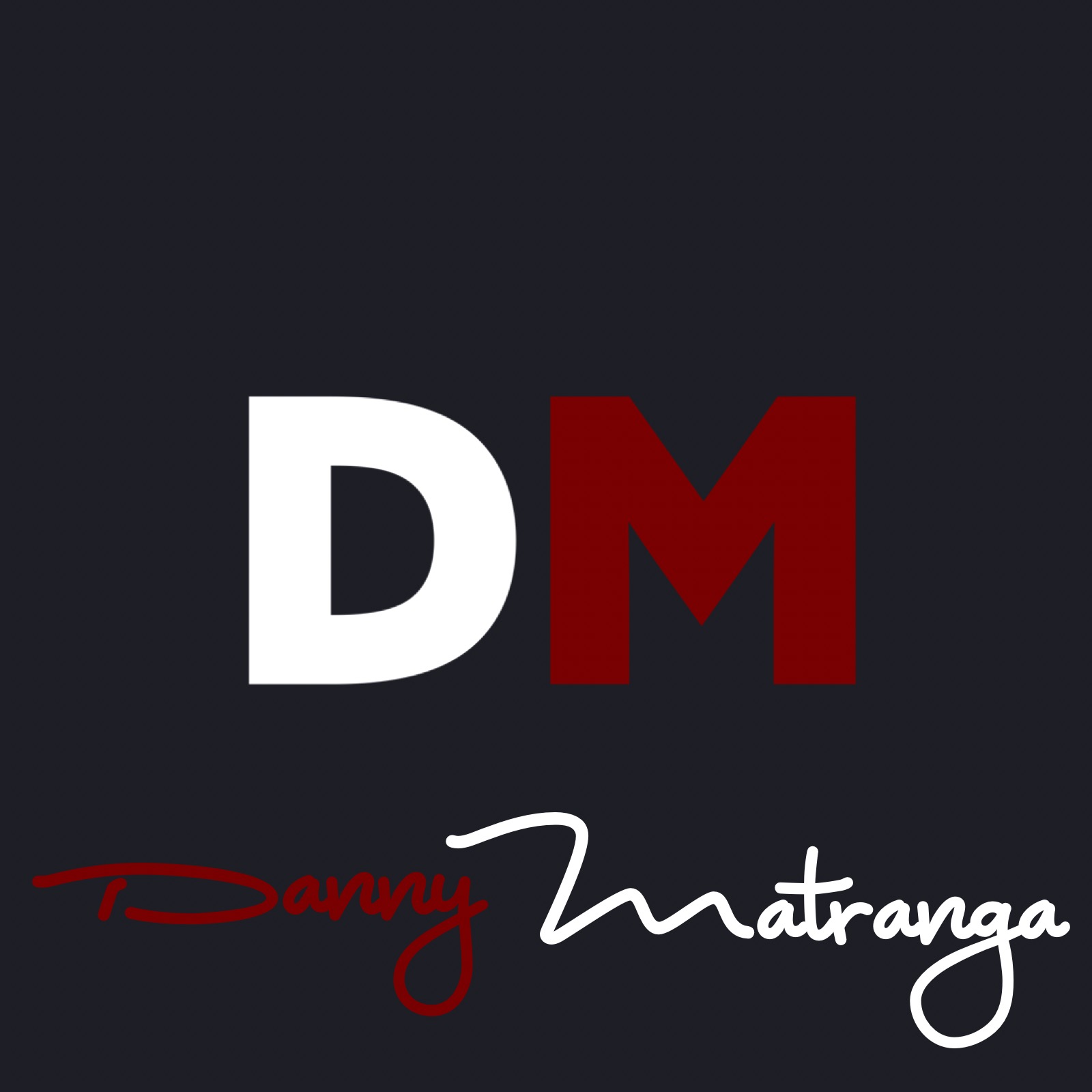A Beginners Guide to a GREAT CORE
When it comes to body parts that turn heads a great mid-section is near the top of the list. A chiseled core looks great on anyone, and that goes for men and women. Having a lean and muscular abdominal region is something most gym goers strive for, and the thousands of situps and planks you see anytime you walk into a gym are a testament to that. With all of that being said, aside from the way your core looks, you should be equally if not more concerned with how it performs. When someone talks about their “abs,” they are usually referring to their obliques (the muscles that run on the lateral aspect of the trunk) and the rectus abdominals (the “six-pack”).
The Problem with having sit-ups and other movements we would categorize as “spinal flexors” make up the bulk of your core training is that you might end up neglecting the cores many other functions, some of the most important are:
BASIC CORE (central abdominal muscles) FUNCTIONS:
A variation of the “farmer’s CArry”
• Lateral Flexion/Anti Lateral Flexion
• Trunk Rotation/Anti Rotation
• Spinal Flexion/Anti Flexion
First, let me say this, it is lovely to include spinal flexion exercises into your core training, and I will even go as far as to tell you would be hard-pressed to develop a chiseled set of abs without it. In that same vein, however, you would be hard-pressed to create a FUNCTIONAL core without incorporating movements that train some of the cores other functions. One of the remarkable things about the core is that it is involved in nearly any action you do in, or out, of the gym, and is MAJORLY involved in the “big” lifts (those that include slapping plates on a barbell) and a majority of exercises that are done in a standing or kneeling position. Knowing this, you shouldn’t dedicate an absurd amount of time to training your core on a yoga matt in the corner of the gym. Instead – opt for a more proactive approach and look to train the core strategically throughout your training week. What I mean by this is if you are going to do deadlifts (spinal extension exercise that heavily recruits the core to both protect the spine and extend the spine) adding in some spinal flexion at the end of your workout makes sense.
If you are an athlete that’s sport focuses heavily on rotation, such as baseball or tennis, incorporate a lot of rotational movements (woodchops, rotary ball tosses, etc.) AS WELL AS some anti-rotation movements (planks, palov presses, etc). This is not to say that those of us that aren’t swinging a bat or a racket get to skip out on these functions, they just aren’t given any higher priority than the other functions.
Lateral flexion and anti-lateral flexion are trained well doing loaded carries. Things like farmer’s walks and suitcase carry work wonders creating strength in that function.
THE CORE IS MORE THAN JUST YOUR ABS:
Contrary to conventional wisdom, the core comprises many more muscles than just those located in the midsection. There are "subsystems" of tissues that, while they are not found at the bodies anatomical core, are heavily integrated as if they were. These "secondary" core tissues as I like to call them are as follows:
A side lunge is heavily reliant on several of the muscles of the adductor, oblique, gluteal complex, and more.
The Thoracolumbar Fascia
Erector Spinae
Illotibial Tract
Gluteus Maximus
Gluteus Minimus
Gluteus Mediuis.
The lower fibers of the Latissumus Dorsi
The adductor complex of the thigh
After reviewing this list, you can see how global a system your core really is. This is why when your general practitioner makes a recommendation to "strengthen your core" to prevent back-pain, he or she is likely correct (despite being incorrect semantics wise). You see, any imbalance or formal weakness of the above-listed musculature can lead to performance related problems, pain, musculoskeletal malalignment - just to name a few potential issues. This is why in the years I have spent training I have been able to fix problems like sciatica (a nerve related issue that can often stem from spinal or piriformis related issues) by targeting the glutes. I've fixed chronic lower back pain by strengthing the lats and glutes using deadlifts. I have remedied frustratingly tight hips by addressing the abdominals, obliques and transverse abdominis. The take-home point here is - one is best off strengthening all the muscles listed above to bulletproof against injury and manage the pains associated with general wear and tear.
In closing, If you take anything from this article, let it be this: While having a six-pack is fantastic – when it comes to the core, do NOT prioritize form over function. A functional core is a great looking core, but a great looking core is not always functional. Spend time and energy to strengthen not just the muscles of the midsection, but also those of the various subsystems that comprise the core and are integral to long-term proper movement.


